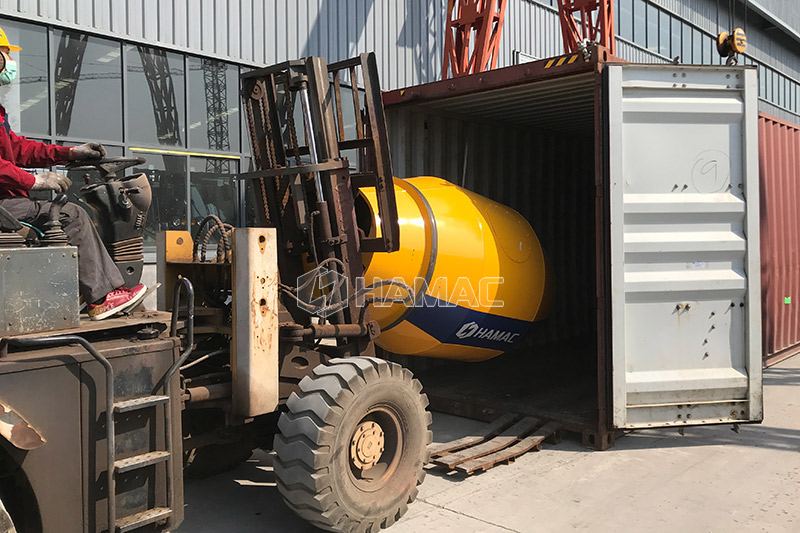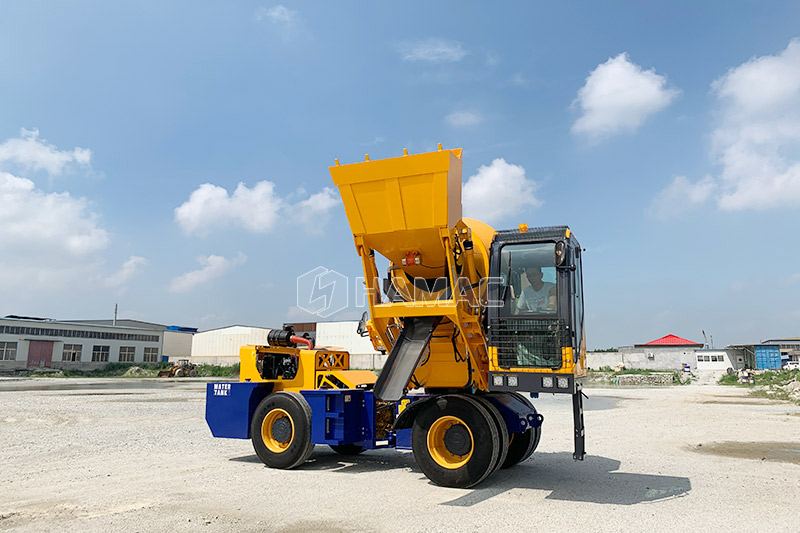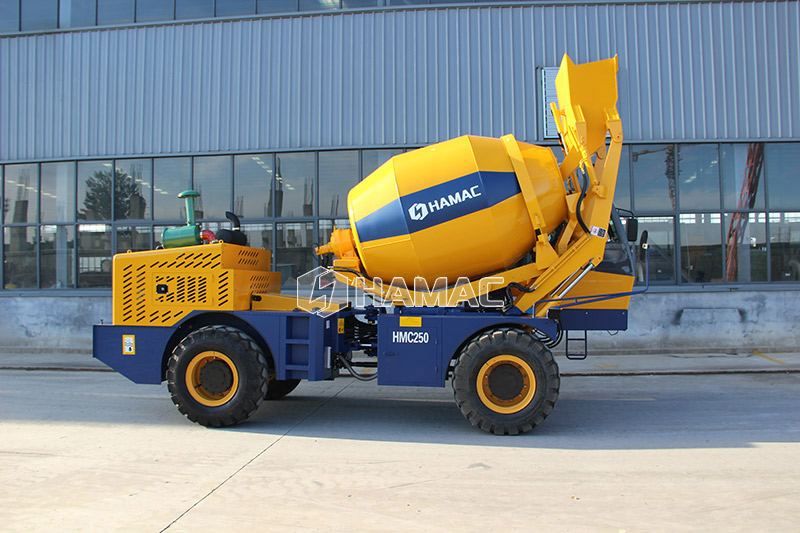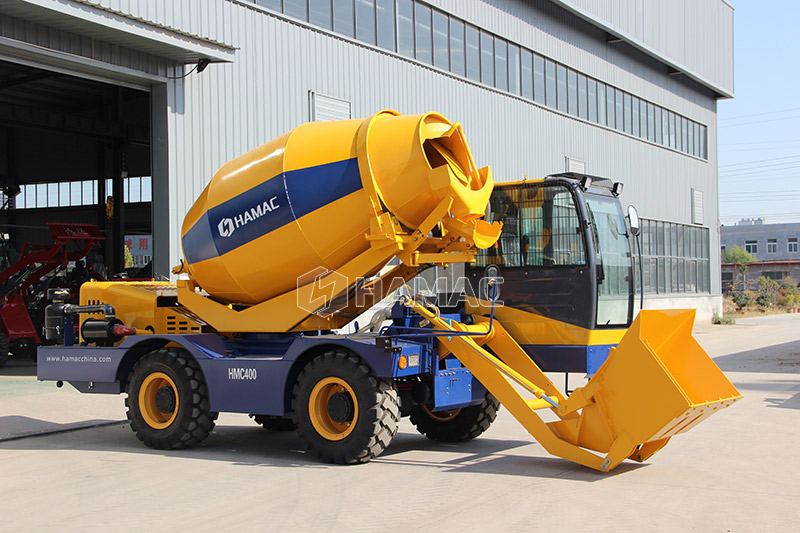Efficiency, cost-effectiveness, and mobility are non-negotiable in modern construction. One innovation that checks all these boxes is the self-loading concrete mixer. This all-in-one solution lets you load, mix, transport, and pour — all with a single unit and operator.
Explore self-loading mixers from Hamac

✅ What Is a Self-Loading Concrete Mixer?
A self-loading concrete mixer is a mobile batching unit that handles the full production cycle:
- Loading raw materials via a hydraulic shovel
- Mixing concrete in a rotating drum
- Adding water with precision
- Transporting and pouring directly on site
Compared to stationary batching plants, these units simplify operations and are perfect for remote or small projects.
🚀 Why Choose a Self-Loading Mixer?
1. Integrated, Compact Design
One unit replaces a loader, mixer, tanker, and transit mixer — saving on labor, fuel, and maintenance.

2. High Productivity On-Site
With batch cycles as quick as 15 minutes, a single mixer can handle multiple daily loads — without needing a central plant.
3. Single-Person Operation
Most models feature intuitive controls and air-conditioned cabs, enabling full operation by one person.
⚙️ Key Technical Features

| Feature | Benefit |
|---|---|
| Drum Capacity | 1.2 to 6.5 m³ |
| 4WD System | Navigates rough terrain |
| Automatic Weighing | Accurate mixing |
| 270°–360° Drum Rotation | Flexible discharge |
| Water Metering System | Ensures proper mix |

🏗️ Best Use Cases
Ideal for:
- Foundation works
- Road and bridge maintenance
- Small rural buildings
- Remote infrastructure
🌱 Environmental Benefits
- Minimal material waste via precise weighing
- Lower emissions from fewer machines
- Cleaner job sites with less spillage
🛒 Where to Buy?
🔚 Final Thoughts
Self-loading concrete mixers are complete on-site batching solutions. They cut downtime, reduce costs, and boost efficiency — especially in hard-to-reach sites. For builders seeking control, speed, and savings, it’s a worthy investment.

Comments
No comments yet. Be the first to react!